Analysis of vacuum degassing ultrasonic cleaners
Browse Volume:1139 Classify:Support
Vacuum degassing ultrasonic cleaning machine is a single tank full stainless steel structure, mainly composed of ultrasonic cleaning tank, ultrasonic generator, transducer, automatic temperature control heating system, vacuum generator, vacuum degassing system, filtration system, tank bearing structure frame, liquid level protection system, outer cover, electrical control system, etc. Vacuum cleaning and ultrasonic cleaning technology organically, is advantageous to the blind hole parts out of the air inside and the cleaning fluid infiltration, received better cleaning effect, the cleaning fluid degassing treatment, ultrasonic get super limit to play, in the cleaning fluid to form a vacuum effect, equipped with stainless steel activity type sealing cover ultrasonic strength can be enhanced by 100% – more than 150%.
Ultra ultrasonic cleaning machine degassing application
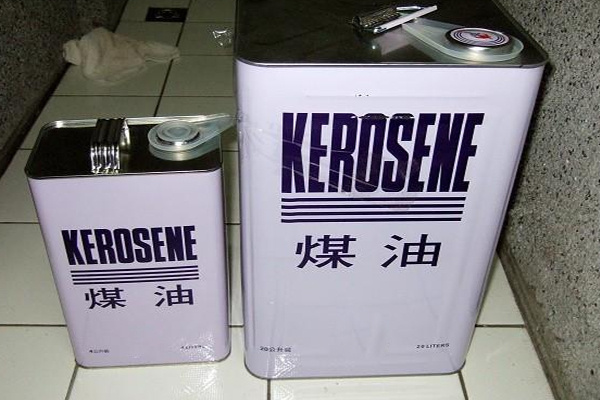
Paraffin
Surface spraying treatment industry: (cleaning attachments: oil, mechanical chips, abrasives, dust, polishing wax) before electroplating to remove carbon deposition, remove oxide skin, remove polishing paste, oil removal rust, ion plating before cleaning, phosphating treatment, metal workpiece surface activation treatment. Stainless steel polishing products, stainless steel cutting tools, tableware, cutting tools, locks, lighting, hand decoration before spraying treatment, plating before cleaning. Machinery industry: (cleaning attachments: cutting oil, abrasive, iron filings, dust, fingerprint) rust oil removal; Measuring tool cleaning; Oil and rust removal of mechanical parts; Engine, engine parts, transmission, shock absorber, bearing bush, nozzle, cylinder block, body, carburetor and car parts and chassis paint before oil removal, rust removal, phosphating before cleaning; Filter, piston accessories, filter screen dredging cleaning.I suggest you have a look granboultrasonic cleaner
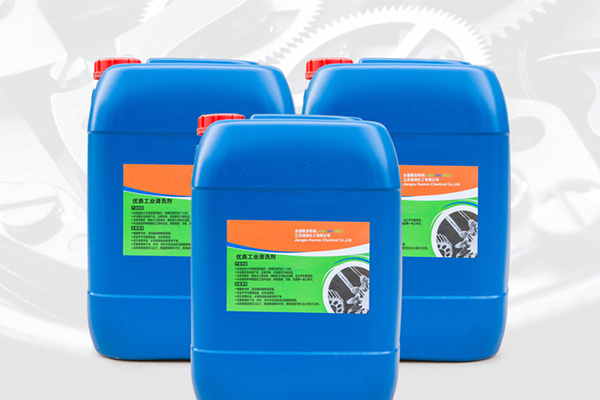
Cleaning agents
Ultrasonic cleaning machine frequency selection
The frequency we use for industrial cleaning is generally less than 60KHz, and the most used is between 20 and 40KHz. Using a frequency of about 20KHz, a relatively small number of cavitation bubbles can be obtained, but there is a large cavitation strength, and accompanied by noise, which can be used to clean the workpiece with high binding strength between the surface of large parts and the surface of objects. At the frequency of about 40KHz, under the same sound pressure, the number of cavitation bubbles produced is large, but the cavitation intensity produced by crushing is low, the noise is small, the penetration ability is strong, and it is suitable for the workpiece with complex surface, blind hole, dirt and weak surface cohesion.
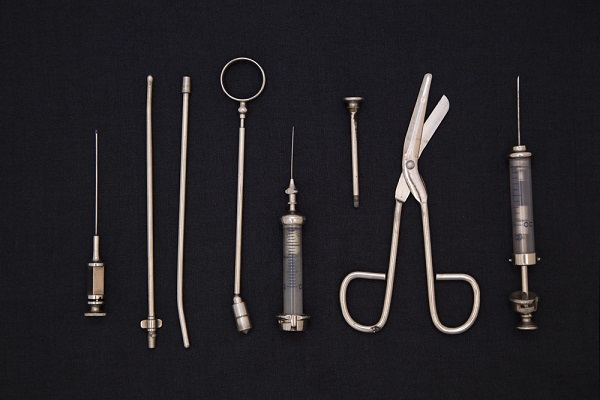
Medical apparatus
 Granbo Ultrasonic
Granbo Ultrasonic

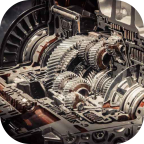
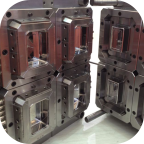












Hello!